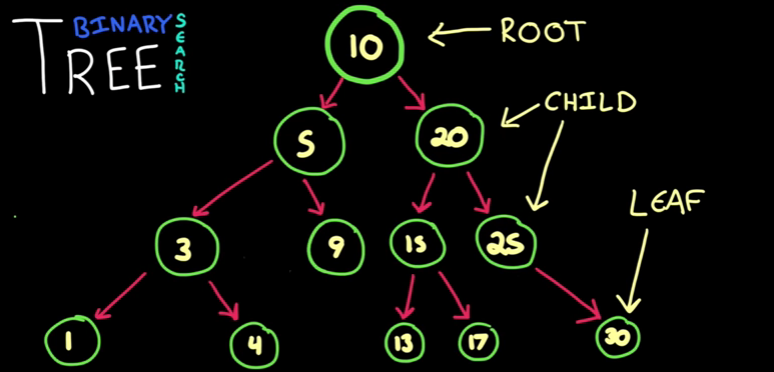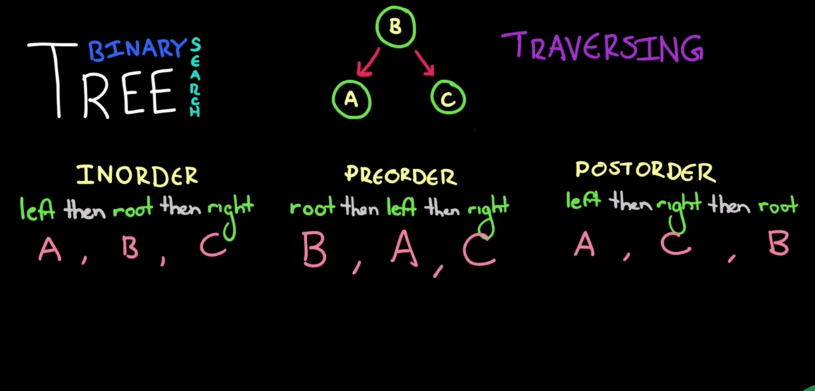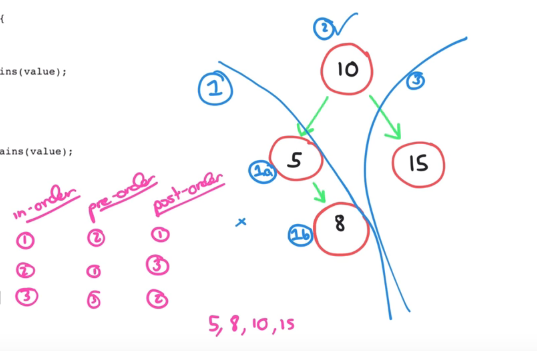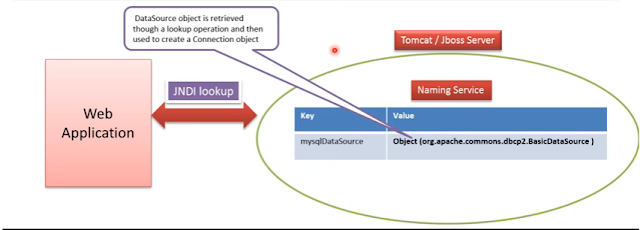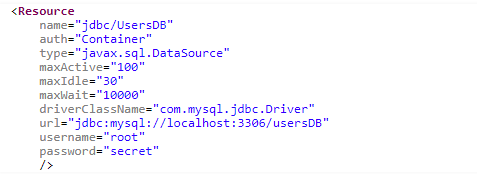- A tree will have a root node on its top and it has child and child have child.
- Node with out child are called leaf.
- A Binary Tree contains nodes with two children always.Each node has left node and right node.
- Binary search tree is a binary tree having specific ordering. Here always left node contains lesser and right node contains higher values. This ordering will make finding a node very fast.
- Insertion: There are two types of insertion are there Balanced and Unbalanced
- Balanced Insertion
- Inserts on next free child based on left right order and time complexity will be lesser here.
- Unbalanced Insertion
- insert go deep of list and time complexity is higher.
- Traversing
- In-order Traverse
- Visit left node first then root node and then right node
- Pre-order
- Visit root node first then left node and right node.
- Post-Order
- Visit left node first then right node and last root node.
- Code approach
- For Insert
- Compare value with root value.
- If value lesser or equal to root value then go to left child node. Put value in child node if child node is null.
- If child node not null then pass the value to insert method of child.
- If value is greater than root node value then do the same with right node.
- For Contains
- Check node value equals to value.
- If equals then return true.
- Else if value lesser than root value then go to left. If left node is null return false else call contains method of left node.
- Else if value greater than root node value then go to right node and do the same there.
public class Node {
int data;
Node left;
Node right;
public Node(int data) {
this.data = data;
}
public void insert(int value) {
if (value <= data) {
// inserting if left node is free
if (left == null) {
left = new Node(value);
} else {
// forward to next node if left node aleady occupied.
left.insert(value);
}
} else {
if (right == null) {
right = new Node(value);
} else {
right.insert(value);
}
}
}
public boolean contains(int value) {
if (data == value) {
return true;
} else if (value < data) {
if (left == null) {
return false;
} else {
left.contains(value);
}
} else {
if (right == null) {
return false;
} else {
right.contains(value);
}
}
return false;
}
public void inOrderPrinting() {
if (left != null) {
left.inOrderPrinting();
}
System.out.println(data);
if (right != null) {
right.inOrderPrinting();
}
}
}
Reference Link https://www.youtube.com/watch?v=oSWTXtMglKE
